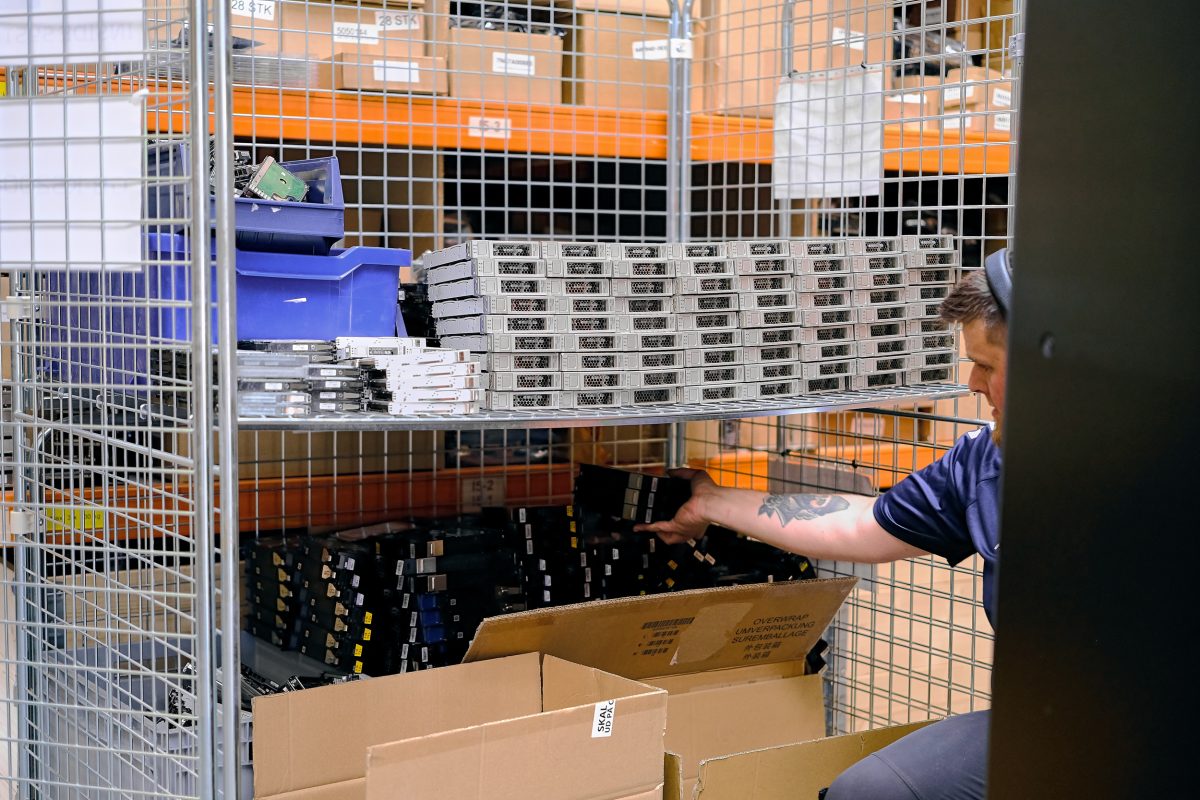
E-Waste Crisis and IT Asset Disposal
In an era dominated by technology, our insatiable appetite for the latest gadgets and devices has led to an alarming consequence: the mounting e-waste crisis. Electronic waste, or e-waste, poses a significant threat to our environment, human health, and the delicate balance of our planet’s ecosystems. The solution lies not just in acknowledging the problem, but in embracing responsible practices like IT Asset Disposal (ITAD) to combat this crisis and pave the way for a more sustainable future.
The Looming E-Waste Challenge
As technology evolves at an unprecedented pace, so does the rate at which electronic devices are discarded. Smartphones, laptops, servers, and other electronics contain valuable components, but they also house hazardous materials such as heavy metals, toxic chemicals, and non-biodegradable plastics. When improperly disposed of, these substances can leach into the soil and water, contaminating ecosystems and endangering wildlife. Moreover, the improper handling of e-waste exposes workers to health risks and exacerbates social and economic inequalities in the communities where recycling takes place.
The Role of IT Asset Disposal (ITAD)
Enter IT Asset Disposal, a strategic solution to tackle the e-waste crisis head-on. ITAD encompasses the responsible management of used IT equipment, encompassing everything from data erasure and refurbishment to proper recycling and disposal. When ITAD is carried out correctly, it can:
- Extend Equipment Lifecycles: Refurbishing and recertifying IT hardware allows it to find new life in secondary markets, reducing the need for constant replacement and curbing e-waste generation.
- Minimize Environmental Impact: Responsible recycling of electronic components prevents hazardous materials from contaminating the environment, reducing soil, water, and air pollution.
- Protect Data Security: Proper ITAD involves securely erasing data from devices before repurposing or recycling, mitigating the risk of sensitive information falling into the wrong hands.
- Promote a Circular Economy: ITAD contributes to the circular economy by reusing valuable resources within electronic devices, reducing the demand for raw materials and lowering carbon emissions associated with production.
Also read about: The Role of ITAD in Data Security
The Call to Action
It’s no longer a question of whether we should act; it’s a matter of how swiftly and responsibly we can address the e-waste crisis. Here are steps individuals, businesses, and communities can take:
- Prioritize Refurbished Equipment: When purchasing IT hardware, opt for refurbished options. These devices undergo rigorous testing and recertification processes, offering quality performance while contributing to sustainability.
- Choose Certified ITAD Partners: Businesses should work with reputable ITAD providers that adhere to industry standards, ensuring secure data destruction, proper recycling, and ethical practices.
- Educate and Advocate: Raise awareness about the e-waste crisis and the benefits of responsible electronics recycling. Encourage friends, family, and colleagues to make informed choices.
- Support Regulations and Policies: Advocate for stronger regulations on e-waste disposal and recycling, pushing for more extended producer responsibility and proper disposal mechanisms.
- Promote Extended Producer Responsibility (EPR): Pressure electronics manufacturers to take responsibility for the end-of-life management of their products, encouraging sustainable design and resource recovery.
The e-waste crisis demands a united effort to shift our approach to technology consumption. IT Asset Disposition serves as a beacon of hope, offering a pathway to a sustainable future by reducing e-waste, protecting our environment, and fostering responsible electronics recycling practices.